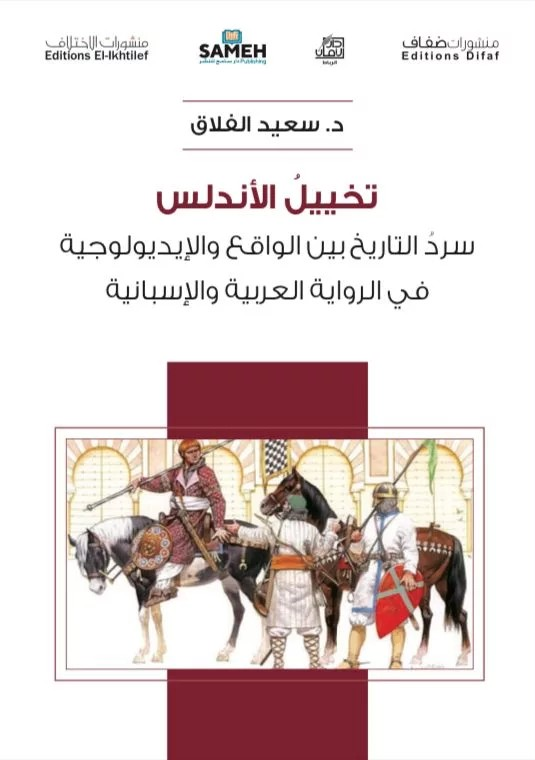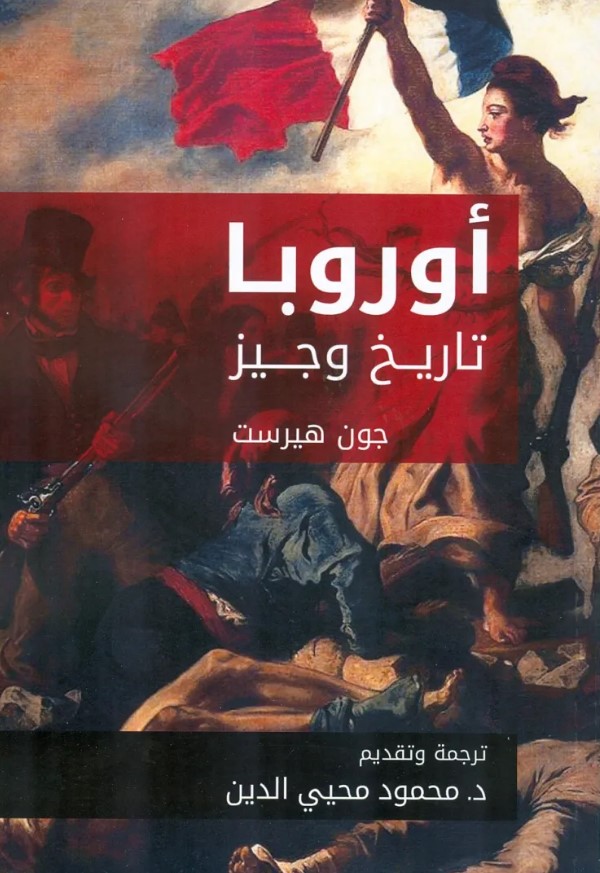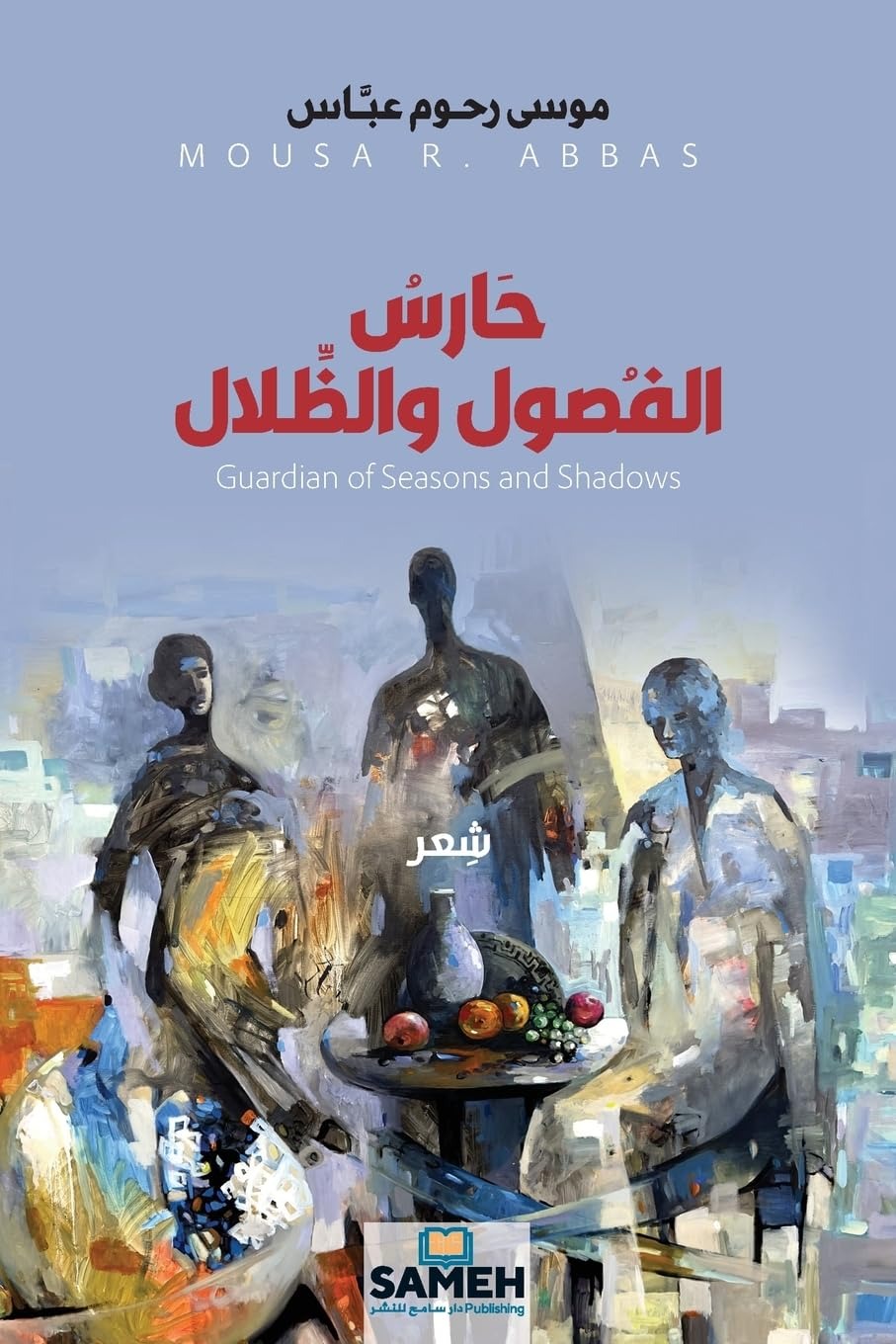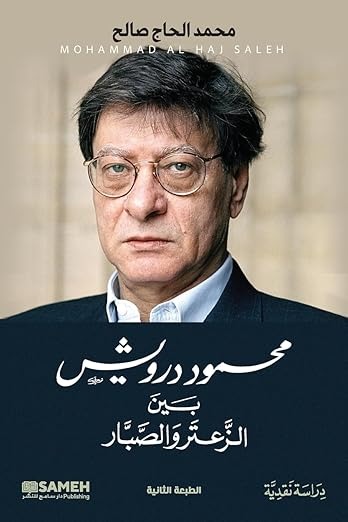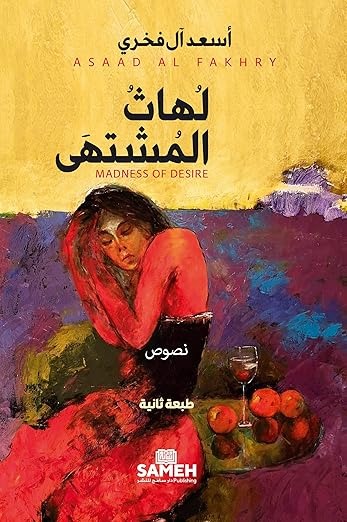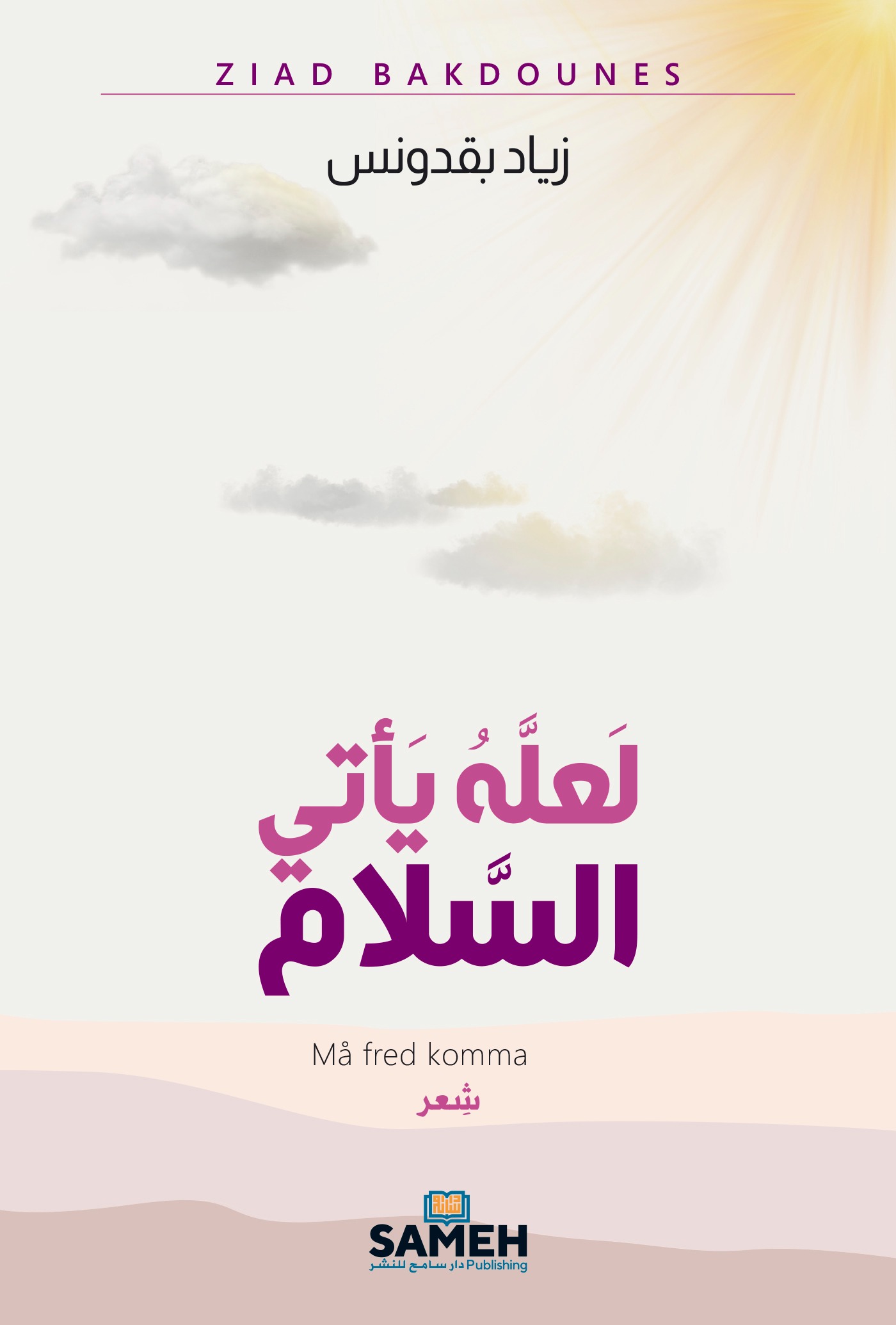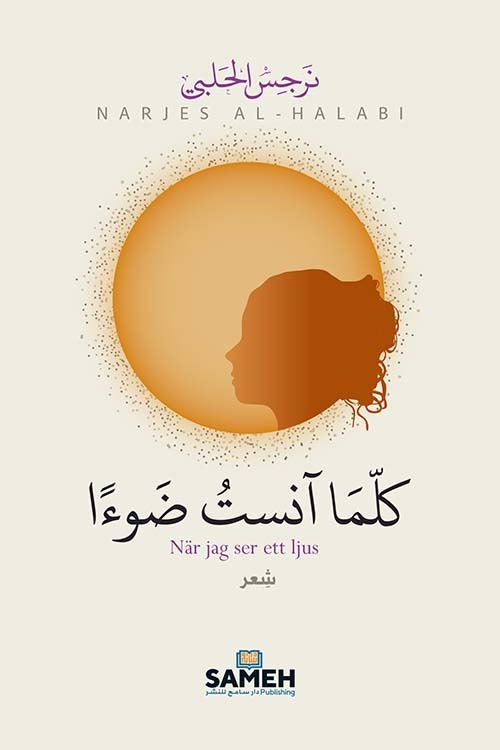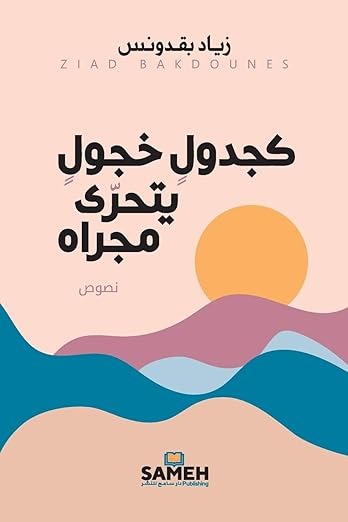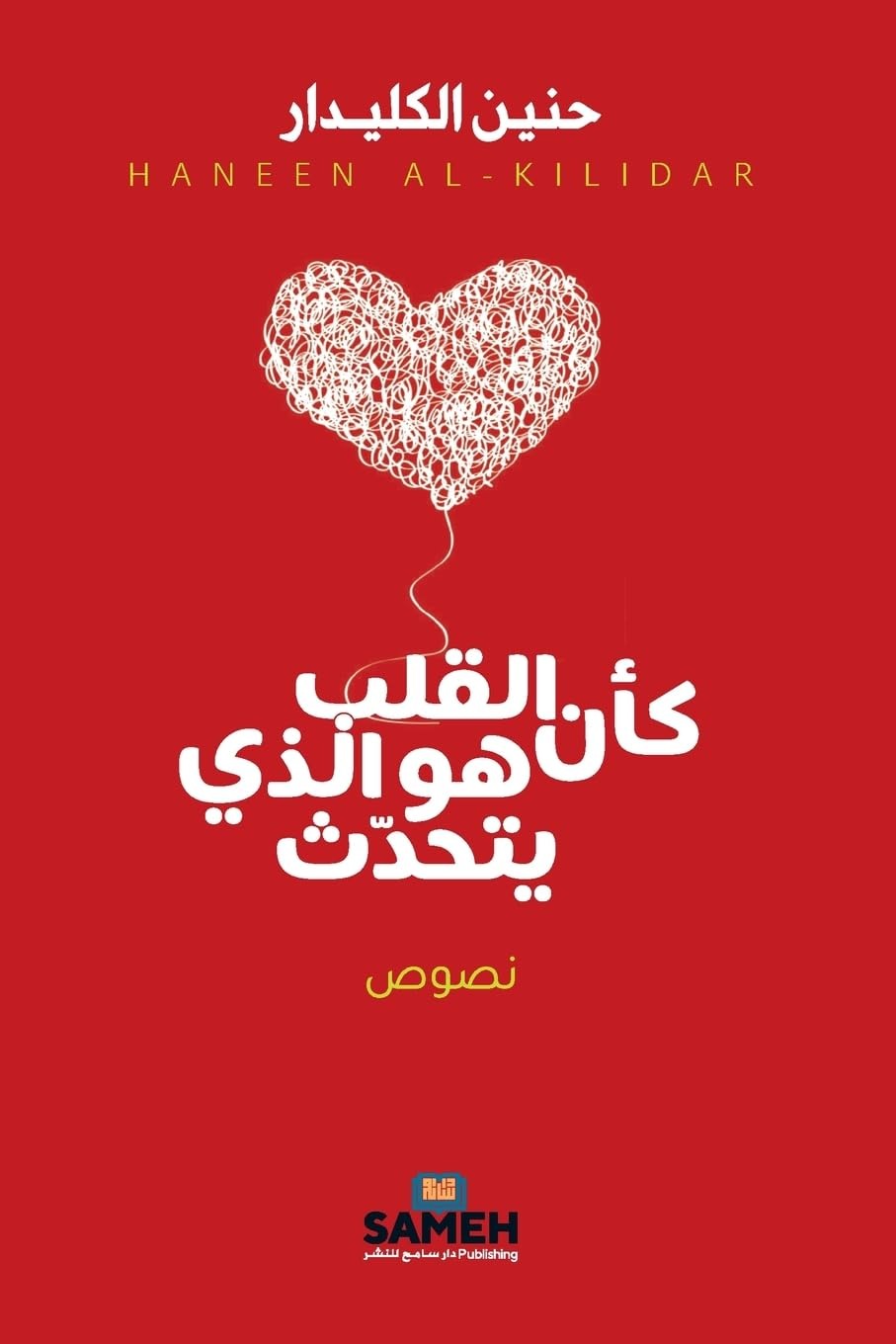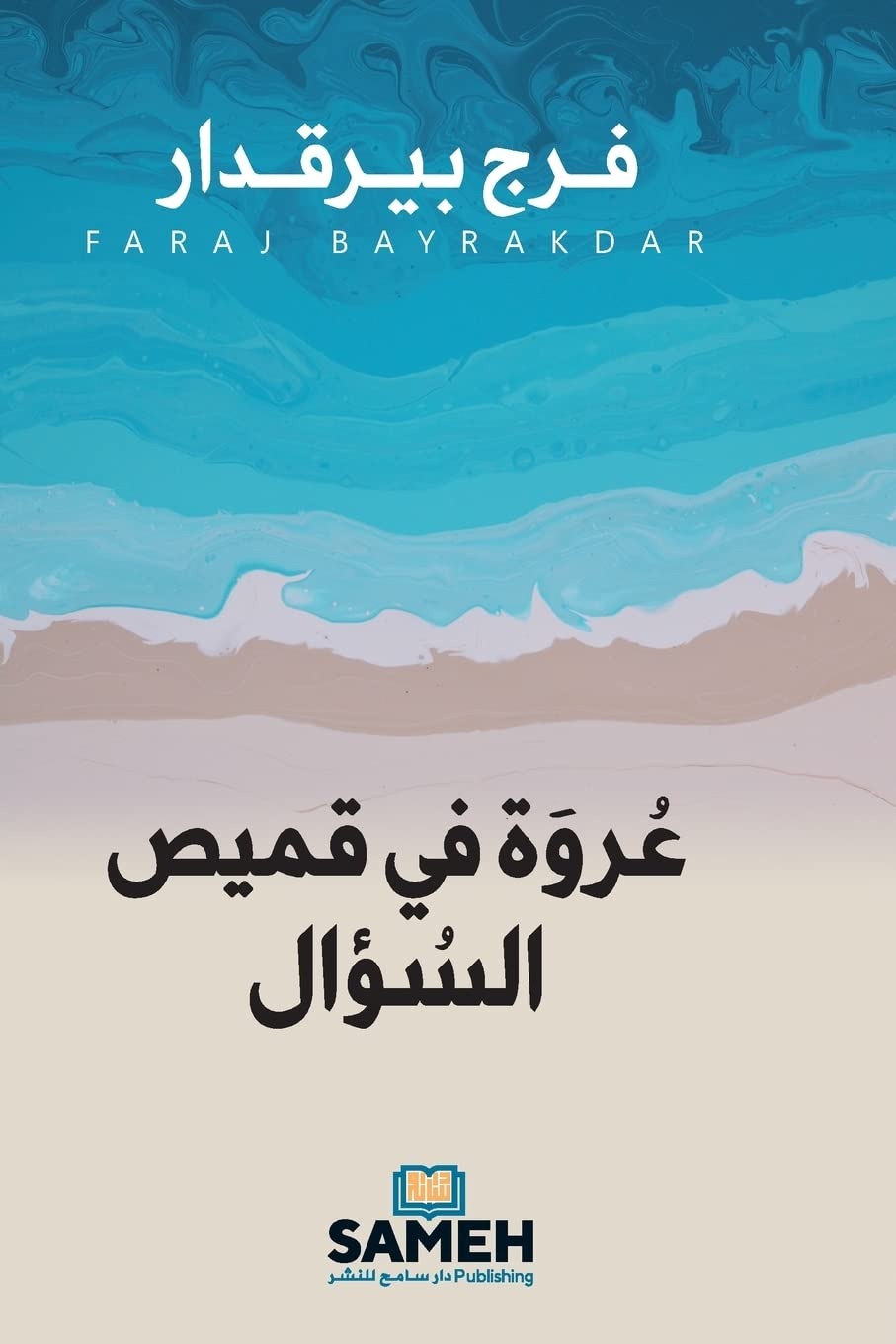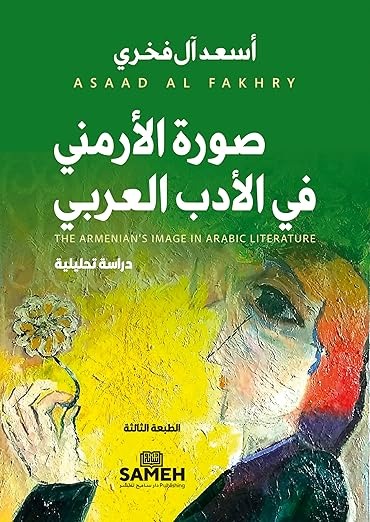تخييل الأندلس: سرد التاريخ بين الواقع والإيديولوجيا في الرواية العربية والإسبانية عربی 2025
Takhyīl al-Andalus: Sard al-tārīkh bayna al-wāqiʿ wa-al-īdīyūlūjiyā fī al-riwāyah al-ʿArabīyah wa-al-Isbānīyah
213 SEK
اشتراکگذاری
Wishlist
In his new publication, "Imagining Andalusia: Narrating History between Reality and Ideology in the Arab and Spanish Novel," which falls within what can be termed "criticism of the Andalusian novel," Moroccan critic Said Al-Falaq, who holds a doctorate in literature, seeks to study the representations of Andalusian history in the Arab and Spanish novels.
He relied on two Arab models: Radwa Ashour's "Granada Trilogy" and Wasini Al-A'raj's "The Andalusian House," as well as two Spanish models: Antonio Gala's "The Scarlet Manuscript" and José Zúñiga's "The Tomb of the Exiled."
Andalusia between the Arab and Spanish Novels
The historical novel sought to absorb history without proceeding from the same frame of reference that it relies on. If history, as Said Al-Fallaq says, "glorifies the document and the reference," then the novel, as Juan Goytisolo alluded to as a "kingdom of doubt," despite its benefit from the events and characters provided by historical records, has stripped it of its sanctity and made it subject to doubt, as it was written by the victors.
Based on the narrative achievement of Egyptian novelist Radwa Ashour, who began writing history narratively in the early 1980s, Al-Fallaq notes that she was aware that the novel is the literary genre most closely associated with history, as it "is capable of penetrating countless discourses and representing and presenting history in a sophisticated form whose impact and precision of description surpass anything that the historian himself could offer."
more
سعى الناقد المغربي سعيد الفلاق، الحاصل على الدكتوراه في الآداب، من خلال إصداره الجديد “تخييل الأندلس: سرد التاريخ بين الواقع والإيديولوجيا في الرواية العربية والإسبانية”، الذي يندرج ضمن ما يمكن تسميته بـ “نقد رواية الأندلس”، إلى دراسة تمثيلات تاريخ الأندلس في الرواية العربية والإسبانية.
وقد اعتمد في دراسته على نموذجين عربيين هما رواية “ثلاثية غرناطة” لرضوى عاشور، و”البيت الأندلسي” لواسيني الأعرج، بالإضافة إلى نموذجين إسبانيين هما رواية “المخطوط القرمزي” لأنطونيو غالا، و”قبر المنفي” لخوسيه ثونيغا.
الأندلس بين الرواية العربية والإسبانية
عملت الرواية التاريخية على استيعاب التاريخ دون أن تنطلق من المرجعية ذاتها التي يعتمدها. فإذا كان التاريخ، كما يقول سعيد الفلاق، “يمجّد الوثيقة والمرجع”، فإن الرواية، بوصفها “مملكة الشك” كما ألمح إلى ذلك خوان غويتيسولو، رغم استفادتها مما تتيحه مدوّنات التاريخ من أحداث وشخصيات، فإنها نزعت عنه قدسيته وجعلته محلّ شك، باعتباره مكتوبًا من قِبَل المنتصرين.
واستنادًا إلى المنجز السردي للروائية المصرية رضوى عاشور، التي بدأت في كتابة التاريخ سرديًا منذ بداية الثمانينيات، يشير الفلاق إلى أنها كانت واعيةً بأن الرواية هي النوع الأدبي الأكثر اشتباكًا بالتاريخ، حيث “يقدر على اختراق خطابات لا حصر لها، وتمثيل التاريخ وتقديمه في قالب محبوك يتجاوز تأثيره ودقة وصفه ما قد يقدّمه المؤرخ نفسه”.
more

